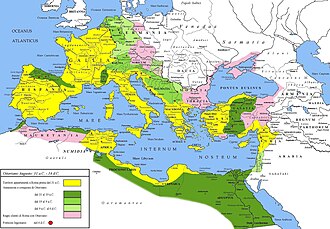Varisci

Despite the large variations in spellings of their name the Varisci, Varisti, Naristi, or Narisci were a single Germanic people, known from several historical records from the Roman era. They lived near the Roman frontier on the Danube river, east of the Hermunduri, and west of the Marcomanni and Quadi. Ptolemy (Book 2, Chapter 10) adds that the Ouaristoi were south of the Sudeten Mountains and west of Gabreta Forest. The sources thus agree on their location.
Roman authors associated the Varisti, Hermunduri, Marcoamnni and Quadi as Suebian peoples who moved into the Danube region under Marcomanni leadership, taking over from the remaining Boii still living in this part of their ancient homelands. Very likely, then, all three allies were not from that region, but moved into it from the north under pressure from the Roman invasions into Germania during the reign of Augustus.
The Roman geographer Ptolemy stated the names of some towns in the district, but what language they used or whether they were taken over or founded anew he does not say. The towns that might reasonably be interpreted as in the Variscan domain are Bicurgium, Menosgada, Marobudum, Setuacotum, Brodentia, Abilunum and Usbium on the Danube.
During the Marcomannic Wars which occurred during the reign of Marcus Aurelius, the chief of the Naristi was killed by the Roman General Marcus Valerius Maximianus.[1]
The Marcomannic Wars are chronicled and explained in Marcellinus Ammianus, although the Varisci are not mentioned there. They do find brief mention as the Varistae of the Vita Marci Antonini Philosophi (Chapter 22) of Julius Capitolinus. They were among the tribes who crossed the Danube, but are not mentioned after that.
The best guess as to their eventual fate is that they were transplanted to Italy, along with many other Danube-dwelling warrior peoples, by Marcus Aurelius, where he could watch over them.[citation needed]
They are the presumed prior inhabitants of a medieval district, Provincia Variscorum, the same (in presumption) as the Vogtland district of Saxony in Germany.[citation needed]
See also
[edit]References
[edit]- ^ Mócsy, András (Apr 8, 2014). Pannonia and Upper Moesia (Routledge Revivals): A History of the Middle Danube Provinces of the Roman Empire. Routledge. p. 189. ISBN 9781317754251.
